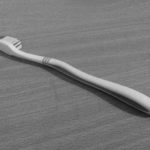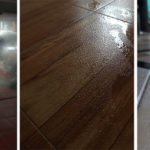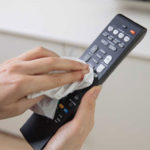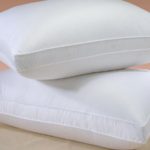Evaporative air coolers have gained popularity for their exceptional cooling capabilities and energy efficiency compared to traditional air conditioners. Let’s explore whether it’s advisable to use an evaporative air cooler in a household with an infant.
1 How Do Evaporative Air Coolers Work?
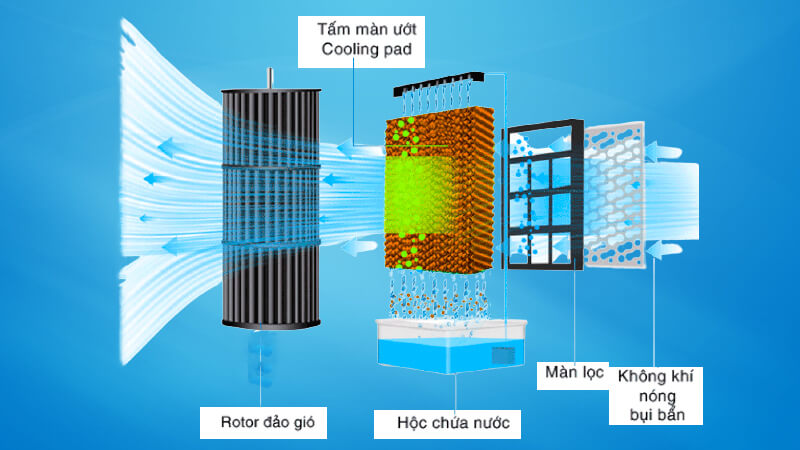 The principle behind evaporative air coolers
The principle behind evaporative air coolers
Evaporative air coolers utilize the power of water evaporation to cool the air. They can disperse water vapor throughout a room, effectively lowering the room’s temperature and purifying the air with negative ions.
The operation of evaporative air coolers is based on the natural process of water evaporation. As the cooler functions, it draws in warm air from various directions onto a cooling pad and absorbs heat through the evaporation of water on the pad’s surface.
As air passes through the cooling pad, its temperature can drop by 5–15 degrees Celsius (under conditions such as 30–40% humidity and an ambient temperature above 42 degrees Celsius). This results in a more comfortable and breezy environment without any adverse effects on the users’ health.
2 Are Evaporative Air Coolers Safe for Infants?
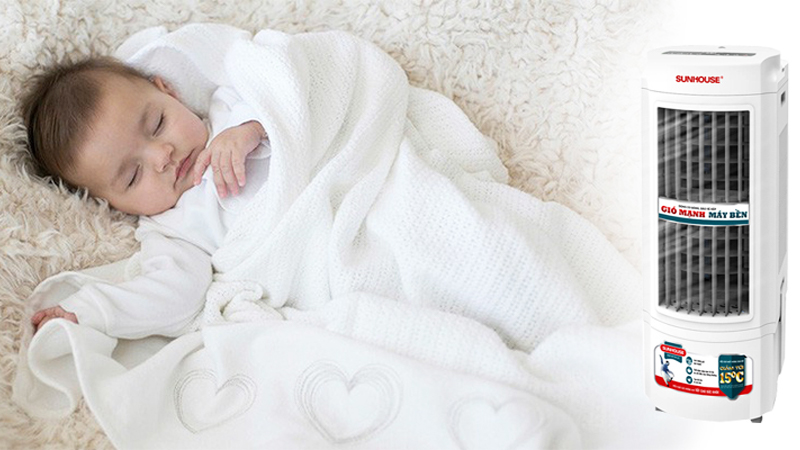 Infants tend to have higher body temperatures
Infants tend to have higher body temperatures
Infants are unable to regulate their body temperature effectively, making them more sensitive to temperature changes. In reality, infants typically have higher body temperatures since they are accustomed to the warmth of their mother’s womb, with temperatures ranging from 37.5–38 degrees Celsius. Consequently, during the summer months, infants can feel extremely warm.
In such cases, a conventional fan may not provide sufficient fresh and cool air for the baby. On the other hand, using a misting fan can increase humidity levels, fostering the growth of bacteria and mold; whereas, air conditioners can lead to dry skin and, if the temperature is not set appropriately, respiratory issues such as pneumonia or rhinitis.
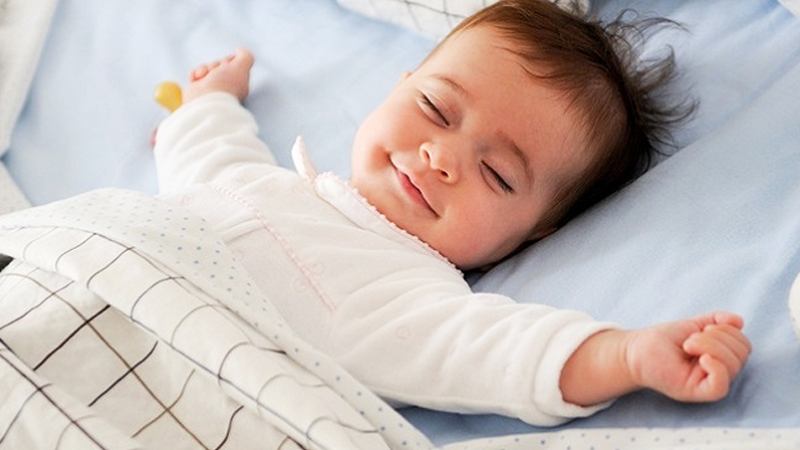 Evaporative air coolers work by dispersing water vapor to lower the room’s temperature
Evaporative air coolers work by dispersing water vapor to lower the room’s temperature
The drawbacks of conventional fans, misting fans, and air conditioners are effectively addressed by evaporative air coolers.
Evaporative air coolers operate by dispersing water vapor throughout the room to create a comfortable environment. This is a harmonious combination of a water-based cooling system and an air conditioner, resulting in a moderate cooling effect.
Therefore, by adjusting the settings and temperature accordingly, an evaporative air cooler can be an excellent solution for providing a comfortable environment for infants.
3 Precautions When Using Evaporative Air Coolers for Infants
Avoid Using the Humidification Mode in Enclosed Spaces
 Refrain from using the humidification mode in enclosed spaces
Refrain from using the humidification mode in enclosed spaces
Evaporative air coolers have a humidification feature. However, if you feel the room is already cool and humid enough, it’s advisable to turn off the humidification mode. Excessive humidity can promote bacterial growth and increase the risk of ear, nose, and throat infections in infants.
Do Not Turn on the Cooler Immediately When the Baby is Sweating Profusely
 Avoid using the evaporative air cooler when the baby is sweating excessively
Avoid using the evaporative air cooler when the baby is sweating excessively
During hot and humid days, infants tend to sweat more. However, refrain from turning on the evaporative air cooler immediately in such situations. At that moment, the baby’s skin blood vessels are dilated, and a sudden gust of wind can cause them to constrict, leading to impaired sweat gland function and disruptions in the baby’s heat balance and dissipation. This can increase the child’s susceptibility to illnesses.
Utilize the Ionization Mode for Cleaner Air
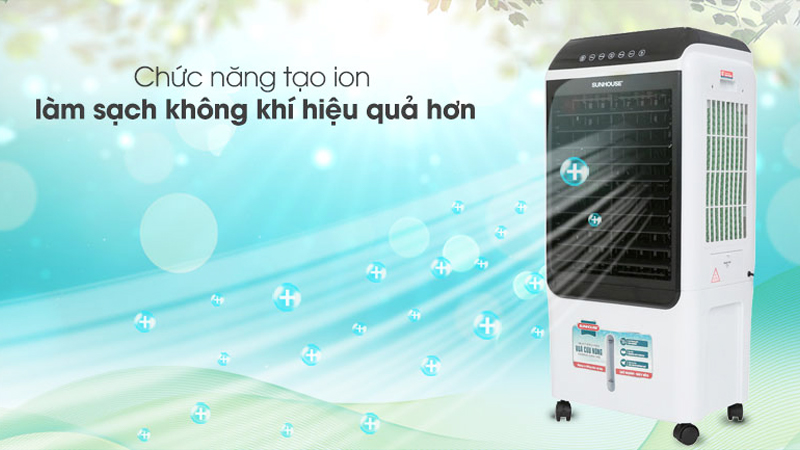 Use the ionization mode to ensure cleaner air
Use the ionization mode to ensure cleaner air
To ensure a fresh and comfortable environment for your infant to play and rest, it is recommended to use the ionization mode (if available) when operating the evaporative air cooler.
Regularly Clean the Evaporative Air Cooler
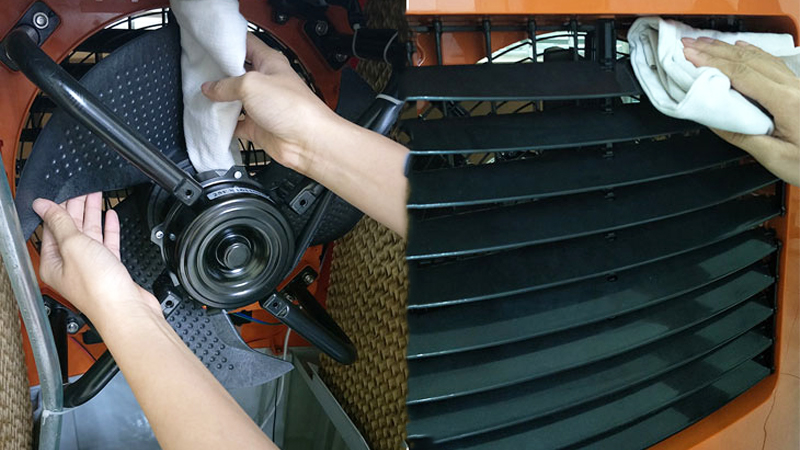 Regular cleaning of the evaporative air cooler is essential
Regular cleaning of the evaporative air cooler is essential
The water-absorbing membrane of the evaporative air cooler tends to be a breeding ground for bacteria. Therefore, it is crucial to clean the cooler at least once a month, including wiping down the water-absorbing membrane, water tank, and dust filter.
Additionally, replace the water in the tank every two days when not in use, as stagnant water can become a source of bacterial growth, leading to unpleasant odors and potentially affecting the baby’s health.
Avoid Directing the Airflow Directly at the Baby
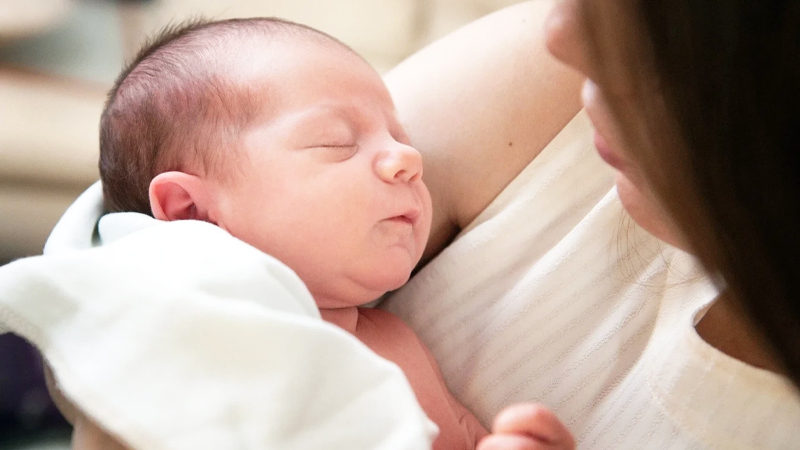 Avoid directing the airflow directly at the baby
Avoid directing the airflow directly at the baby
When using an evaporative air cooler, adjust the fan speed to a lower setting and enable the oscillating function to distribute the airflow throughout the living space. Maintain a distance of 1–2 meters between the cooler and the baby, and avoid directing the airflow directly onto the baby.
Additional Considerations
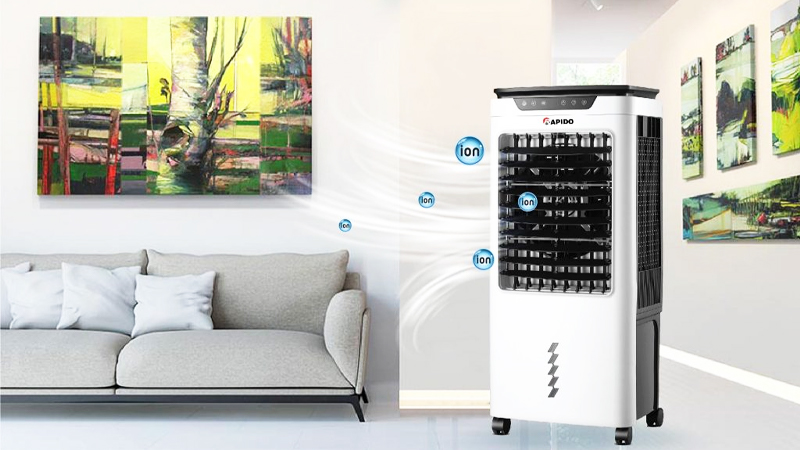 For infants, ensure they are dressed appropriately and covered with a light blanket before turning on the cooler
For infants, ensure they are dressed appropriately and covered with a light blanket before turning on the cooler
- Consider choosing evaporative air coolers from reputable brands, such as Sunhouse, Daikiosan, Kangaroo, and Midea, to ensure the best cooling performance for your infant.
- Avoid placing the evaporative air cooler near open windows or areas with strong drafts to prevent excessive airflow toward the baby.
- For infants, ensure they are dressed appropriately with gloves, socks, a hat, and a light blanket before turning on the cooler.
- If the baby wets the bed, change their clothes or diaper immediately to prevent them from catching a cold.
- To create a comfortable environment in a bedroom or small space, remove any unnecessary items from the room before setting up the cooler.
- Due to the powerful airflow of evaporative air coolers, position the cooler away from the bed and slightly angled from direct alignment with the bed.
- To maximize cooling efficiency while minimizing energy consumption, keep the main door open to allow for better airflow.
This concludes our comprehensive guide on whether it is advisable to use an evaporative air cooler in a household with an infant. We hope you found this information valuable. Stay healthy!
8 Common Mistakes People Make with Cutting Boards
Are you using your cutting board correctly? Many Vietnamese households rely on cutting boards in their kitchen, but not everyone knows how to use them properly, especially when it comes to wooden cutting boards. Check out these 8 mistakes to avoid when using a cutting board to ensure both hygiene and safety for everyone in your family.

























